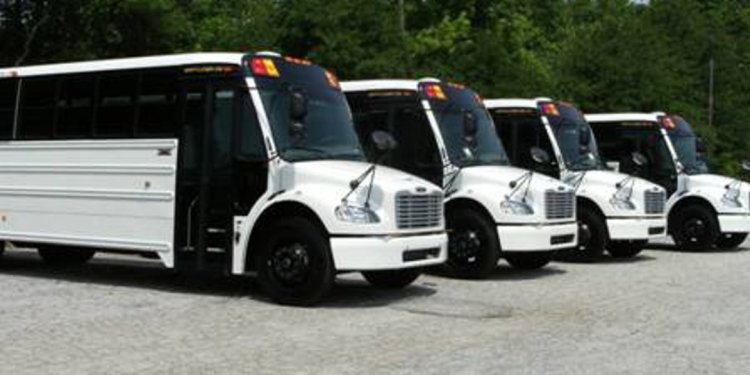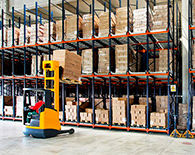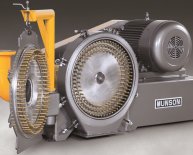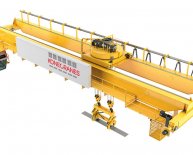June 7, 2017

Transportation equipment
All 25 displayed
- Mix paints to match color specifications or vehicles' original colors, stirring or thinning paints, using spatulas or power mixing equipment.
- Select paint according to company requirements and match paint colors, following specified color charts.
- Dispose of hazardous waste in an appropriate manner.
- Remove grease, dirt, paint, or rust from vehicle surfaces in preparation for paint application, using abrasives, solvents, brushes, blowtorches, washing tanks, or sandblasters.
- Spray prepared surfaces with specified amounts of primers and decorative or finish coatings.
- Pour paint into spray guns and adjust nozzles and paint mixes for proper paint flow and coating thickness.
- Monitor painting operations to identify flaws, such as blisters or streaks, and correct their causes.
- Remove accessories, such as chrome or mirrors, from vehicles and mask other surfaces with tape or paper to protect them from paint.
- Disassemble, clean, and reassemble sprayers or power equipment, using solvents, wire brushes, and cloths.
- Select the correct spray gun system for the material being applied.
- Fill small dents or scratches with body fillers and smooth surfaces to prepare vehicles for painting.
- Apply rust-resistant undercoats and caulk and seal seams.
- Sand and apply sealer to properly dried vehicle finish.
- Sand vehicle surfaces between coats of paint or primer to remove flaws and enhance adhesion for subsequent coats.
- Buff and wax the finished paintwork.
- Clean equipment and work areas.
- Apply primer over any repairs made to vehicle surfaces.
- Adjust controls on infrared ovens, heat lamps, portable ventilators, or exhaust units to speed the drying of vehicles between coats.
- Allow the sprayed product to dry and touch up any missed spots.
- Operate lifting or moving devices to move equipment or materials to access areas to be painted.
- Set up portable equipment, such as ventilators, exhaust units, ladders, or scaffolding.
- Use brush to hand-paint areas in need of retouching or unreachable with a spray gun.
- Apply designs, lettering, or other identifying or decorative items to finished products, using paint brushes or paint sprayers.
- Lay out logos, symbols, or designs on painted surfaces, according to blueprint specifications, using measuring instruments, stencils, or patterns.
- Verify paint consistency, using a viscosity meter.
Technology Skills
- Calendar and scheduling software — Scheduling software
- Data base user interface and query software — Data entry software
- Electronic mail software — Microsoft Outlook
- Facilities management software — Maintenance management software
- Industrial control software — Robotic painting software
- Inventory management software — Inventory control software
- Spreadsheet software — Microsoft Excel
- Word processing software — Microsoft Word
Hot Technology — a technology requirement frequently included in employer job postings.
Knowledge
All 1 displayed- English Language — Knowledge of the structure and content of the English language including the meaning and spelling of words, rules of composition, and grammar.
Skills
5 of 6 displayedAll 6 displayed- Monitoring — Monitoring/Assessing performance of yourself, other individuals, or organizations to make improvements or take corrective action.
- Operation and Control — Controlling operations of equipment or systems.
- Operation Monitoring — Watching gauges, dials, or other indicators to make sure a machine is working properly.
- Coordination — Adjusting actions in relation to others' actions.
- Critical Thinking — Using logic and reasoning to identify the strengths and weaknesses of alternative solutions, conclusions or approaches to problems.
- Quality Control Analysis — Conducting tests and inspections of products, services, or processes to evaluate quality or performance.
















